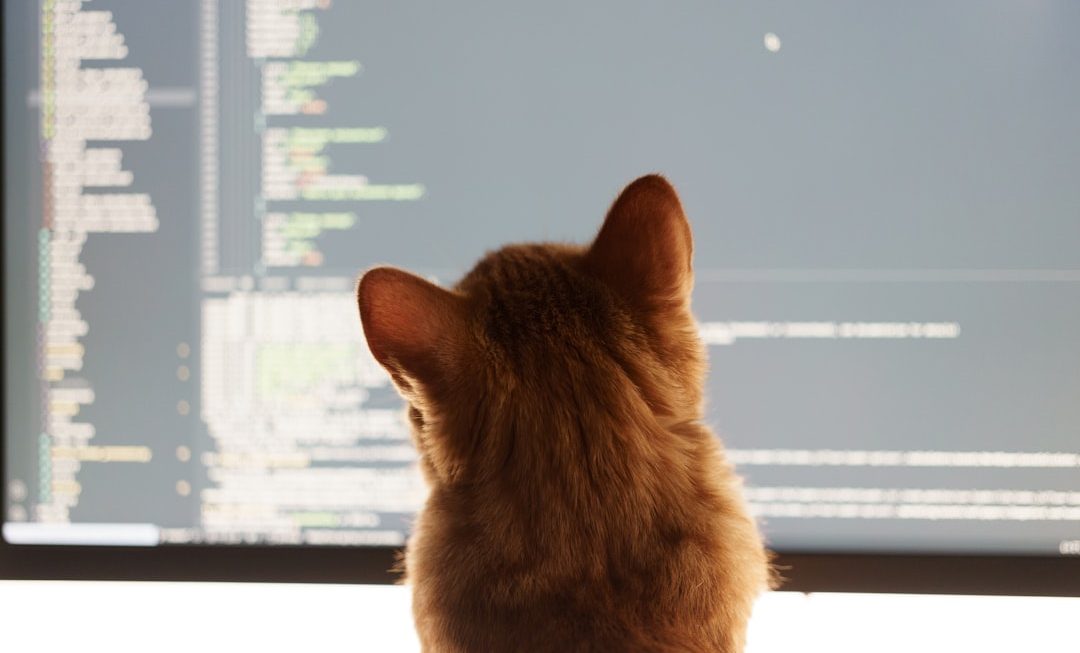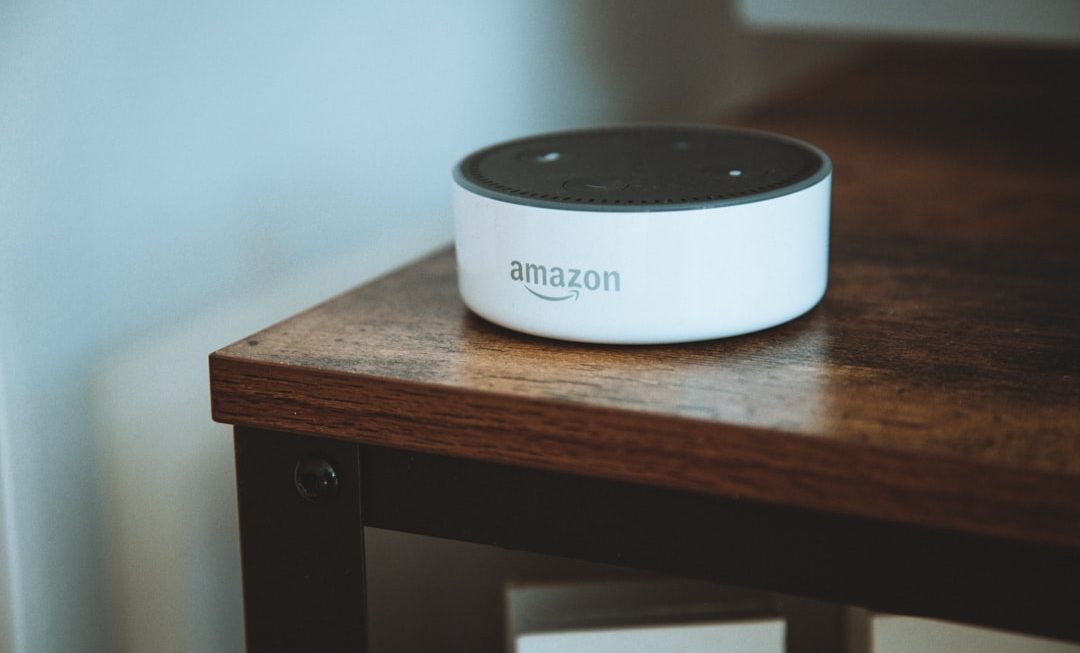As organizations continue to embrace digital transformation and remote work, the need for effective team collaboration tools has become critical. One emerging solution that is increasingly gaining attention is ChatGPT—a conversational AI developed by OpenAI. The question arises: is ChatGPT suitable for team collaboration? While not a traditional collaboration platform like Slack or Microsoft Teams, ChatGPT offers unique strengths that can complement and sometimes even enhance teamwork in business environments.
Understanding ChatGPT’s Role in Collaboration
ChatGPT is typically recognized as a text-based AI assistant capable of generating, summarizing, and contextualizing information. However, when integrated into team workflows, it can provide several collaborative advantages:
- Real-time knowledge assistance: Team members can rely on ChatGPT to answer technical or domain-specific questions quickly, reducing dependency on external searches or subject matter experts.
- Content drafting and editing: Whether it’s creating reports, writing business emails, or preparing presentation material, ChatGPT can accelerate content creation and ensure consistency across documents.
- Task ideation and brainstorming: Teams can use ChatGPT as a creative sounding board to explore new ideas, campaign strategies, or product concepts.
These capabilities make ChatGPT a valuable companion in environments where speed, clarity, and creativity are critical.

Limitations in a Team Environment
Despite its strengths, ChatGPT is not without limitations when it comes to direct team collaboration. It is crucial for organizations to understand these constraints before relying on it as a central tool:
- Lack of real-time multi-user interface: ChatGPT, in its standard form, does not offer a collaborative interface where multiple people can interact simultaneously with the same session or thread.
- Privacy and data control: Depending on the deployment method, team members may have concerns about the confidentiality of sensitive or proprietary information shared with ChatGPT.
- Task tracking and integration: Unlike tools designed specifically for project management, ChatGPT does not natively track progress, assign tasks, or integrate deeply with calendars and other productivity platforms.
These factors suggest that while ChatGPT can enhance individual contributions to a project, it is best used alongside traditional collaboration tools rather than as a replacement.
Applications Where ChatGPT Excels
To better evaluate suitability, consider specific scenarios where ChatGPT adds distinct value to collaborative efforts:
- Preparing for meetings: ChatGPT can help draft agendas, summarize previous discussions, and even suggest follow-up actions to structure meetings more effectively.
- Internal training and knowledge sharing: New team members can interact with ChatGPT to ramp up faster by asking questions and getting instant, well-articulated answers on processes and industry terms.
- Documentation support: Teams responsible for maintaining manuals, help guides, or technical instructions can use ChatGPT to write, revise, and standardize documentation.

These examples highlight how ChatGPT can empower individuals within a team to execute their roles more effectively, reducing friction in collaborative workflows.
The Importance of Context and Supervision
Despite its advanced capabilities, ChatGPT operates without true contextual awareness of team dynamics or long-term project objectives. This means the AI might occasionally make assumptions or suggestions that don’t align with strategic goals. Therefore, it’s essential that teams use ChatGPT with a layer of human oversight to vet information and ensure alignment with business outcomes.
Additionally, organizations dealing with regulated data or intellectual property should implement guidelines around ChatGPT usage to mitigate risks of unintended data exposure.
Conclusion: A Complementary Collaboration Tool
In conclusion, ChatGPT is indeed suitable for team collaboration—but with caveats. It serves not as a replacement for direct interpersonal communication or task management platforms but rather as a powerful assistant within the team’s digital toolkit. When used responsibly and purposefully, it can significantly improve productivity by handling repetitive tasks, facilitating creativity, and providing on-demand information.
To maximize effectiveness, companies should consider integrating ChatGPT via APIs into existing collaboration platforms or creating internal guidelines for its safe and productive use. With the right strategy and governance, ChatGPT can transform from a solo assistant to an enabler of smarter, more informed teams.




